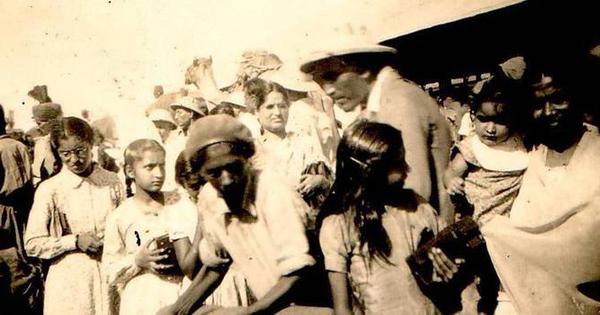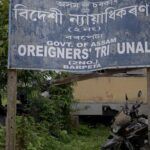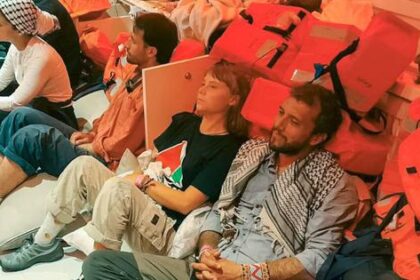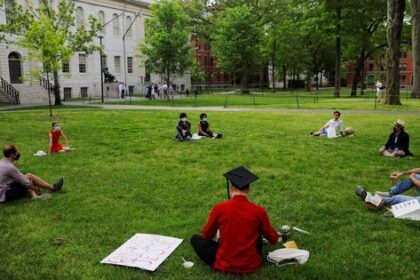A Sindhi woman reflects on her family’s struggles and triumphs following the 1947 Partition.
The Partition of India on August 15, 1947, marked a significant turning point for many families. For one Sindhi woman, the journey began when she left Karachi on September 6, 1947. Her maternal uncle, Dada Chander, owned a dry dock in the city, where ships were repaired. During a dinner conversation, he mentioned that a liner from Australia had stopped at the dock for repairs. This unexpected opportunity seemed like a lifeline, a chance to evacuate young girls from the turmoil of their homeland to the safety of India.
However, the ship’s captain initially declined to accommodate them, as the stop in Karachi was unforeseen and essential for the vessel’s maintenance. In light of the urgent situation, the captain sought permission from his office in Australia to make a slight detour to Bombay, allowing him to take as many young girls as he could. Once permission was granted, other passengers were informed of the delay, and the girls from Sindh embarked on their journey, carrying family jewels and important documents to ensure their safety.
Many of these young brides and pregnant women left under the guise of visiting family and friends, unaware that they would never return to their homeland. Those who lived inland, particularly in areas like Hyderabad, had to depend on the railways for their escape. Unfortunately, many found themselves looted at railway stations, and the border guards of Pakistan became wealthy overnight from the plight of the displaced. Some individuals arrived in India with only the clothes they wore, facing the grim reality of survival in hastily established refugee camps.
In these camps, conditions were harsh. A family of five typically received only one blanket, a tin mug, and a tin plate, forcing them to make do with limited resources. Families were often separated during the chaos, and inquiries for reunification were met with indifference by officials. These camps were usually damp and dirty, situated on swampy land, where young girls had to trek long distances to access common toilets. The threat of diseases like malaria and diarrhea loomed large, yet the determination of the Sindhi and Punjabi communities remained unyielding. Their motto, “Never say die! Up man, and try,” exemplified their resilience.
Amidst adversity, music served as a unifying force, bringing moments of joy. The Sindhi community was industrious, valuing hard work without regard for dignity. This ethos resonated with Mahatma Gandhi’s belief that “Work is worship.” Sindhi women, skilled in embroidery, stitching, and culinary arts, began to create a cottage industry within the camps. They produced delicacies, which their husbands and sons sold at modest prices. As demand surged, so did the variety and pricing of their products.
Children contributed by selling homemade candy and other small items at nearby railway stations. Remarkably, if customers could not provide change, the children would assertively respond, “I am selling goods and not begging.” This entrepreneurial spirit allowed the community to rise from their circumstances, transitioning from refugees to successful businessmen, professionals, and philanthropists. Today, some of the most esteemed schools, colleges, and hospitals in Bombay owe their existence to the contributions of the Sindhi community. The word “can’t” is foreign to them, and they have always held their heads high, refusing to let adversity define them.








